Computer coding is becoming the 21st century literacy par excellence. More and more schools are teaching elementary kids computer science and programming. As the popular saying goes, learning coding is like learning a new language, both are better done early.
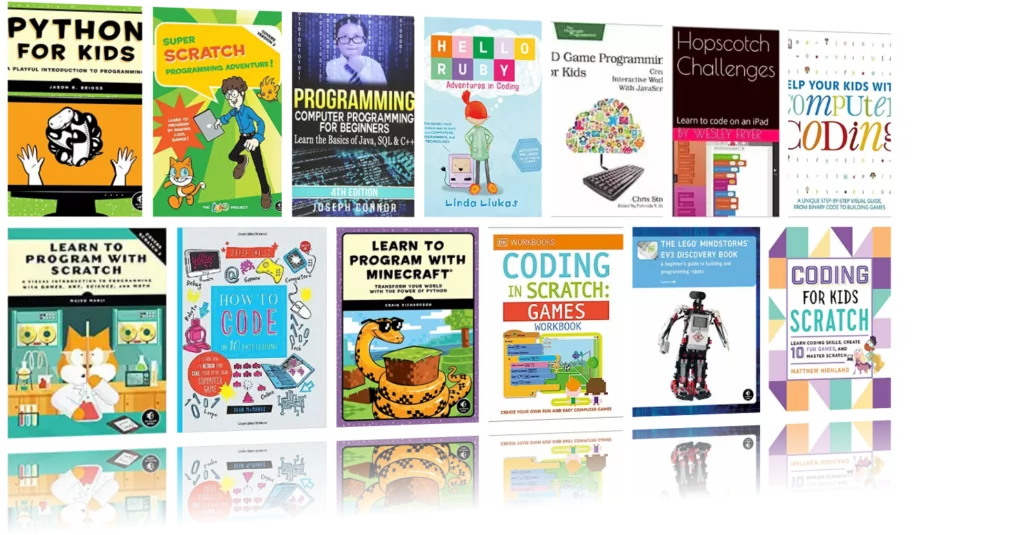
When kids learn to code, they also pick up a number of other ‘incidental’ skills along the way. Besides learning the technicalities involved in the digital world, kids also get to develop a number of key skills including: critical thinking, problem solving, strategic thinking, logical reasoning, creative thinking, design thinking, systems thinking, and the list goes on.
More importantly, coding skills come embedded in psycho-social competencies. In other words, as kids grapple to debug codes, they find themselves helping each other, learning from each other, and consolidating their interpersonal bonds.
As a result, they develop their social emotional learning and enhance their sense of resilience, determination, perseverance, collaboration, teamwork, and motivation. So, yes coding develops a whole package of soft and social skills important for thriving in a knowledge-based economy.
As an educator, I do recognize the pedagogical importance of teaching kids coding and I believe that every kid should be introduced to the fundamentals of coding from an early age, if possible.
To this end, and to help my fellow teachers and educators make the best of coding in their instruction, I have compiled and shared a wide variety of coding resources including coding websites, coding apps, coding games, among others.
In today’s post, I am adding another important resource to this collection: computer coding books for kids. This is a handpicked selection featuring some of the best books to introduce kids to coding and help them master the world of programming.
Best Computer Coding Books for Kids
1- Coding for Kids: Scratch: Learn Coding Skills, Create 10 Fun Games, and Master Scratch, by Matthew Highland
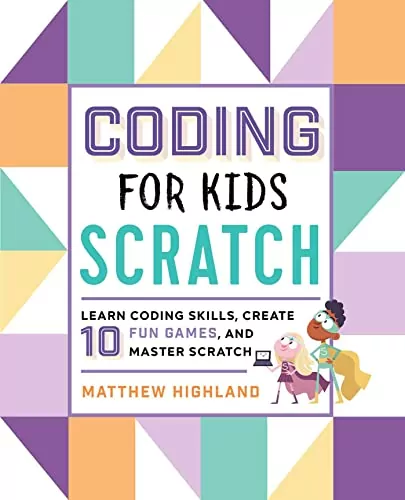
This interactive guide to Scratch, a popular programming language designed for kids, guides young readers through the process of creating ten fun and exciting games. Beginning with basic concepts like sprites and code blocks, the book gradually progresses to complex elements such as scripts and scorekeeping. The author, Matthew Highland, keeps the instructions simple and clear, encouraging children to grow their coding confidence as they master more challenging games. This book is a perfect blend of learning and entertainment.
2- Help Your Kids with Computer Coding, by DK Publishing
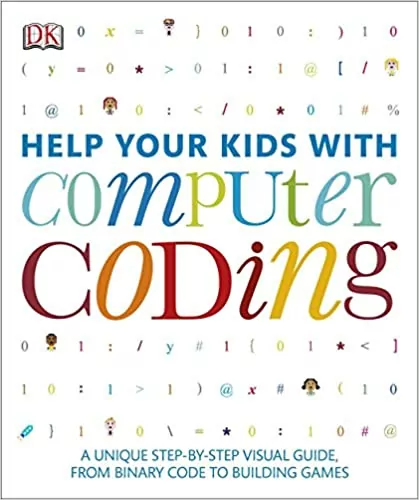
An excellent resource for introducing kids to the exciting world of coding, this book employs Scratch and Python, two kid-friendly programming languages, to explain foundational coding concepts. “Help Your Kids with Computer Coding” uses visually appealing illustrations, build-along projects, and games to demystify coding jargon like scripts, variables, and strings. It breaks down the complexities of coding into digestible chunks, making it an accessible guide for any beginner.
3- Learn to Program with Scratch, by Majed Marji
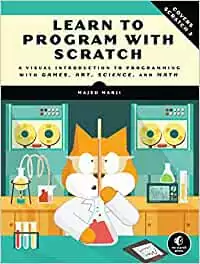
This book offers a visual and engaging approach to learning programming concepts using Scratch. The author, Majed Marji, introduces readers to real-world programming problems and teaches how to solve them using Scratch’s intuitive, block-based programming interface. With color-coded blocks, each logical step in a given script is plainly shown, making it easy for kids to grasp complex coding concepts. The book also encourages readers to test their logic by allowing them to check any part of the script with a single click. The incorporation of games, art, science, and math makes learning to code both fun and educational.
4- Python for Kids: A Playful Introduction to Programming, by Jason R. Briggs
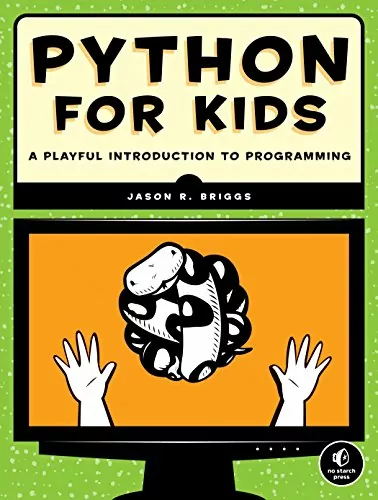
A friendly and amusing guide to the world of Python programming, this book by Jason R. Briggs offers a fun-filled approach to learning programming. It introduces young learners to the Python language using hilarious example programs featuring ravenous monsters, secret agents, and thieving ravens. The book also color codes, dissects, and explains the code, simplifying complex terms. Accompanied by quirky, full-color illustrations, this book makes Python both engaging and accessible.
5- How to Code in 10 Easy Lessons, by Sean McManus
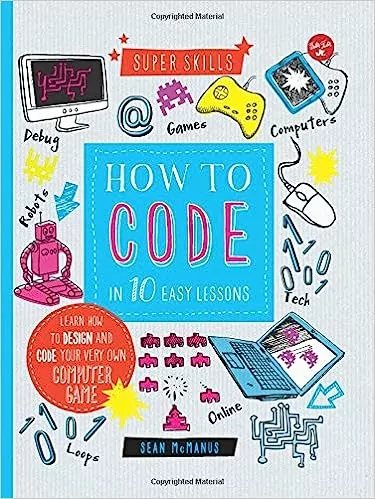
This book makes coding fun and manageable for beginners. By breaking down the daunting world of coding into 10 ‘super skills’, McManus’s book makes learning coding more palatable. It introduces Scratch software for writing simple instructions and progressively leads readers to learn skills necessary to create their own computer game and even design a website. It’s an excellent resource to get young readers familiar with coding.
6- Learn to Program with Minecraft: Transform Your World with the Power of Python, by Craig Richardson
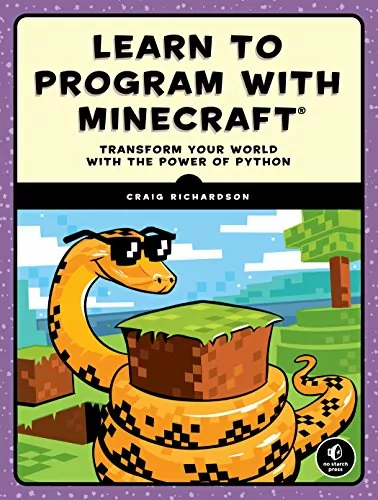
Combining the global sensation of Minecraft with the powerful Python programming language, this book offers a unique approach to learning coding. Starting with basic Python lessons, it enables readers to apply their new skills to modify the Minecraft world, producing instant and impressive results. It shows how to customize Minecraft, creating mini-games, duplicating buildings, and transforming blocks into gold, making learning Python incredibly fun and interactive.
7- DK Workbooks: Coding in Scratch: Games Workbook, by Jon Woodcock (Author), Steve Setford (Author)
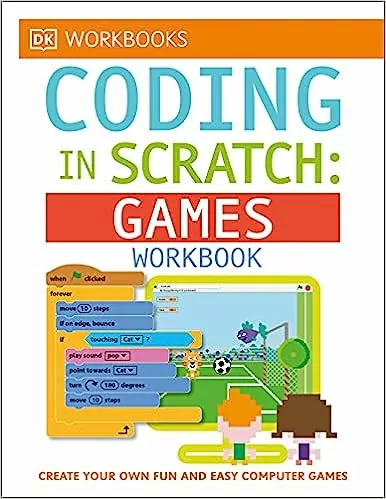
This workbook offers a hands-on, highly visual introduction to Scratch, a free computer coding programming language. Aimed at children aged 6-9 who are new to coding, it takes them from playing games to creating their own. This interactive workbook by Jon Woodcock and Steve Setford offers a beginner-friendly approach to Scratch, making the transition into the world of coding as seamless as possible.
8- The LEGO MINDSTORMS EV3 Discovery Book , by Laurens Valk
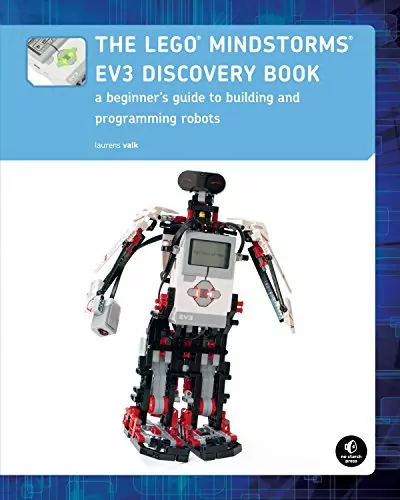
This book revolutionizes robotics by making it accessible for everyone. With the latest MINDSTORMS set, EV3, readers can build real, functioning robots. This guide is a comprehensive, beginner-friendly resource that helps readers get started with EV3, unlocking the creative and innovative possibilities of LEGO MINDSTORMS.
9- Hopscotch Challenges: Learn to Code on an iPad, by Wesley Fryer
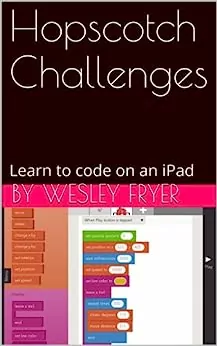
A challenge-based approach to learning code, this eBook utilizes the free iPad app, Hopscotch, to facilitate learning. Even though it’s an independent publication and not an official curriculum resource from the Hopscotch team, it’s a beneficial guide that encourages students to take on coding challenges and increase their proficiency.
10- 3D Game Programming for Kids, by Chris Strom
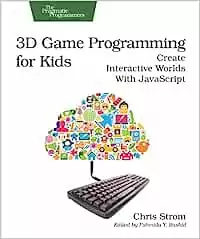
With a focus on 3D games, Chris Strom’s book teaches young readers how to create interactive gaming worlds using JavaScript, a popular programming language for the web. The book offers online, interactive examples and guides readers through programming in a browser, showcasing fascinating 3D results as they learn. It’s a fantastic way for kids to build real-world programming skills while having a blast creating games.
11- Hello Ruby: Adventures in Coding, by Linda Liukas
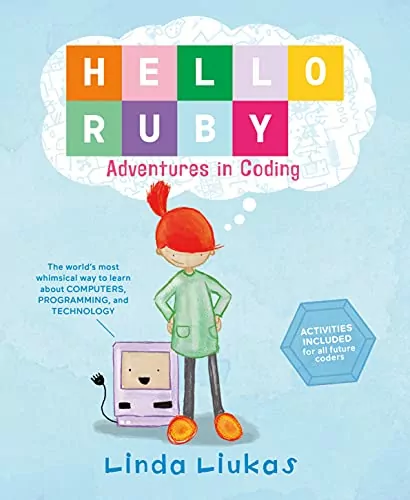
‘Meet Ruby―a small girl with a huge imagination, and the determination to solve any puzzle. As Ruby stomps around her world making new friends, including the Wise Snow Leopard, the Friendly Foxes, and the Messy Robots, kids will be introduced to the fundamentals of computational thinking, like how to break big problems into small ones, create step-by-step plans, look for patterns and think outside the box through storytelling.’
12- Computer Programming for Beginners – Learn the Basics of Java, SQL & C++, by Joseph Connor
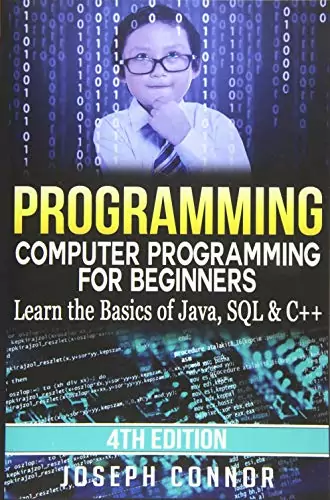
‘Programming: Computer Programming for Beginners Learn the Basics of Java, SQL & C++ is a book that will guide you on how to give specific instructions to your computer with the help of 3 basic programming languages.’
13- Super Scratch Programming Adventure! , by The LEAD Project
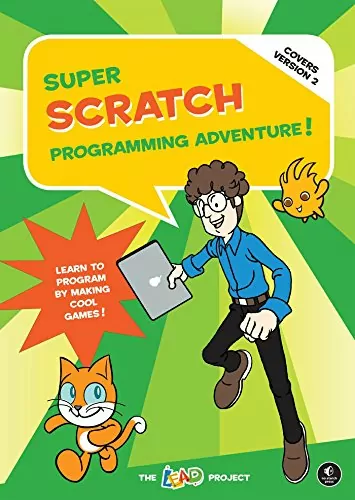
With a focus on 3D games, Chris Strom’s book teaches young readers how to create interactive gaming worlds using JavaScript, a popular programming language for the web. The book offers online, interactive examples and guides readers through programming in a browser, showcasing fascinating 3D results as they learn. It’s a fantastic way for kids to build real-world programming skills while having a blast creating games.




